Home>Ideas and Tips>Home Theater Speaker Installation: Surround Sound Solutions
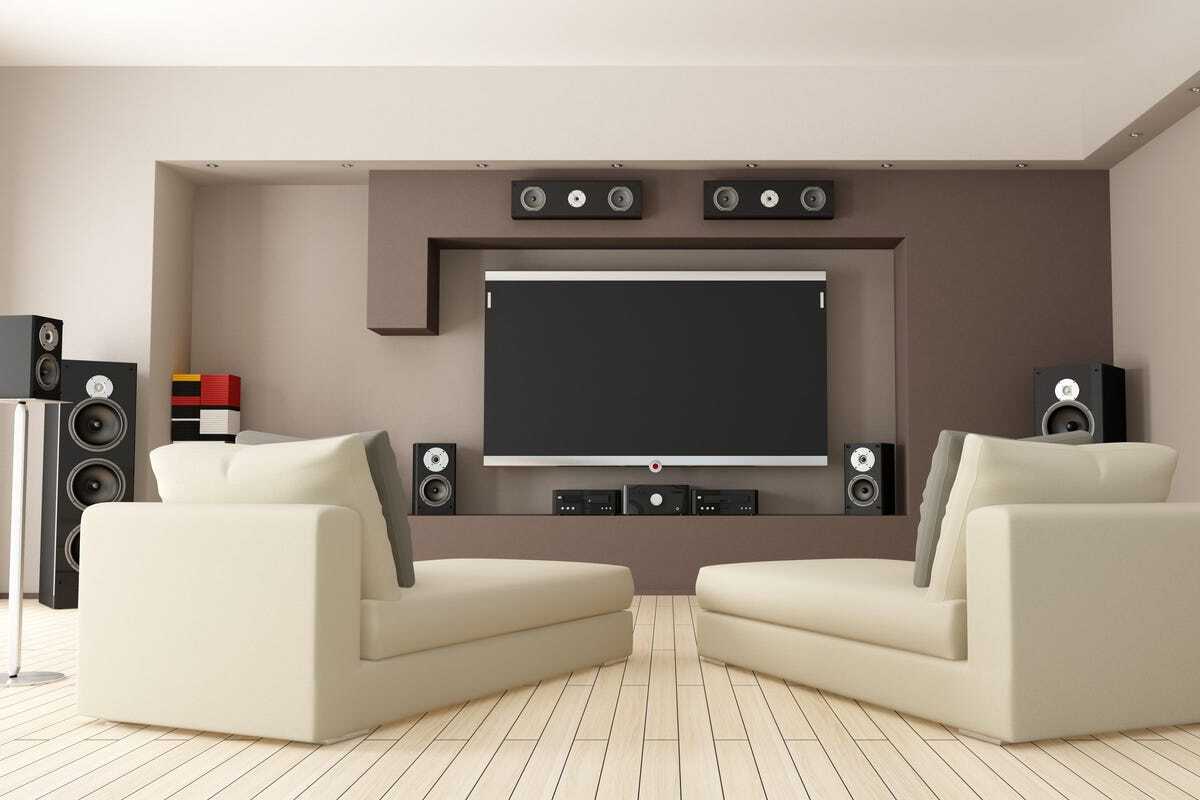

Ideas and Tips
Home Theater Speaker Installation: Surround Sound Solutions
Modified: October 20, 2024
Elevate your home entertainment with our guide to home theater speaker installation. Discover tips for optimal surround sound setup and fine-tuning.
(Many of the links in this article redirect to a specific reviewed product. Your purchase of these products through affiliate links helps to generate commission for Storables.com, at no extra cost. Learn more)
Home Theater Speaker Installation: Surround Sound Solutions
Installing a home theater system with surround sound speakers can elevate your viewing experience to new heights. Whether you're a movie enthusiast or a music lover, the right speaker placement and installation can make all the difference. In this article, we'll guide you through the process of setting up your home theater with surround sound speakers, covering everything from planning and preparation to fine-tuning your system.
Planning Your Home Theater
Before you start installing your speakers, it's essential to plan your home theater setup carefully. Here are some key considerations:
Room Layout
The layout of your room plays a crucial role in determining the best speaker placement. Measure the available space in your home theater, taking into account the seating arrangement and the position of your TV screen. If you watch mostly sports or commentary-based media, you might not need as extensive a speaker layout. However, if you expect your sound system to deliver a movie theater-type experience, with rumbling explosions and crisp dialogue audio, you'll want a more expansive speaker layout.
Seating Arrangement
The seating arrangement is another critical factor. Ensure that your chairs and recliners are placed away from the walls and at an optimal distance from all the speakers. This will help create a more immersive sound experience by minimizing reflections and ensuring that sound waves reach the listener directly.
Speaker Types
You have several options when it comes to speaker types:
- In-Wall Speakers: These are great for maintaining a sleek aesthetic while providing high-quality sound.
- In-Ceiling Speakers: These can be used for ceiling-mounted surround sound and are particularly useful in rooms with drop ceilings.
- Bookshelf Speakers: These are versatile and can be placed on stands or directly against walls.
- Subwoofers: These are essential for delivering deep bass and should be placed in a central position to avoid obstructing sound waves.
Tools and Materials Needed
To install your surround sound system, you'll need the following tools and materials:
- Cordless Power Drill: This is essential for drilling holes in walls and ceilings.
- Drill Bits: You'll need various drill bits (1/4-inch, 1/2-inch, 3/4-inch, and 1-inch) for different types of walls.
- Screwdrivers: Both flat and Phillips screwdrivers are necessary for securing speakers.
- Razor Knife: This is useful for cutting drywall or plaster.
- Wire Management Tools: These help keep cables organized and hidden from view.
- Speaker Mounting Brackets: These are necessary for securing in-wall and in-ceiling speakers.
- Drywall Anchors: These provide additional support for heavy speakers.
Cutting Drywall and Mounting Speakers
Cutting into drywall or plaster creates a fair amount of dust, so it's essential to cover any furniture near your installation area before you begin. Having someone hold the vacuum hose under the drywall saw as you cut can significantly reduce dust clouds.
Plaster and Lath Walls
If your house has plaster-and-lath walls or ceilings, installing your speakers will be more complicated. Plaster tends to crack and crumble easily, so you should be prepared to do some touch-up work. Running in-wall wire could be particularly challenging in these types of walls. It may be worth running out-of-wall wire and using carpets, cabinetry, and other spaces to hide it.
Drop Ceiling Installation
Installing speakers in a drop ceiling is different from a normal drywall installation. Drop ceiling panels often aren’t strong enough to support the weight of in-ceiling speakers. To reinforce the area where the speaker is mounted, you can use a large piece of plywood above the foam panel. Mount it to the cross braces, and then cut the speaker opening into both the plywood and the drop ceiling.
Fine-Tuning Your Speakers
Once your speakers are installed, you're ready to make any final adjustments. Here are some tips for fine-tuning your speakers:
Aimable Tweeters
If you have aimable tweeters, direct them toward your seats before installing the speaker grilles. This ensures that high-frequency sounds are directed at the listener for optimal clarity.
Tone Controls
Check for tone controls on the speaker. If the speaker is within a foot of a corner, set the bass controls to the "minus" or "cut" position. This helps prevent bass buildup in corners. If the room doesn’t have a lot of upholstered furniture to absorb sound, set the treble control to the minus/cut position to avoid harsh high frequencies.
Room Acoustics
Learn more about room acoustics and treatments. Placing speakers in strategic locations can significantly improve sound quality. For example:
- Avoid placing a center channel on a glass shelf with several inches of glass exposed in front of the speaker.
- Don’t have one floorstanding speaker up against a wall or corner with the other in an open area.
- Use throw rugs and fabric curtains to break up reflective surfaces like mirrors and tile floors.
- Place subwoofers along walls rather than directly into corners, especially in square rooms.
Typical Speaker Setup Plans
There are several common speaker setup plans that you can apply to your home theater space:
2.1 Channel Speaker Setup
This is a very basic speaker plan that essentially adds a subwoofer to your 2-channel stereo sound system of the front left and right speakers.
Front Left and Right Speaker Placement
The front left and right speakers should be placed between 3 and 4 feet on either side of the TV screen and face the audience at a center-of-room angle. Because the subwoofer acts as the central speaker, the left and right speaker units should be equidistant from the subwoofer, and ideally 2 to 3 feet from the wall. Place the subwoofer in a central position; putting it on a shelf or cabinet in the corner will obstruct soundwaves and muddy the audio.
5.1 Channel Speaker Setup
This setup is the base required for the perfect surround sound experience, consisting of five speakers in total:
- One center speaker
- Two front speakers
- Two surround sound speakers
Front Left and Right Speaker Placement
The position of the front left and right speakers is identical to the 2.1 channel setup. The center speaker should be placed directly below or above your TV screen.
Surround Sound Speakers
The pair of additional surround sound speakers are responsible for amplifying media’s environmental and ambient sounds. They should be placed on each side of the audience facing inwards. Positioning these speakers at roughly 90 to 110 degrees relative to the listener’s position is ideal, but make sure they are well above ear level to avoid distracting or unnatural ambient noise processing.
Advanced Speaker Placement Considerations
While the basic setups provide a solid foundation, there are several advanced considerations to keep in mind:
Equidistance
All speakers, including the subwoofer, should be exactly the same distance from the listener. This ensures that sound waves reach all speakers equally, preventing phasing and delay issues that can disrupt the mix.
Surround Position
Surround and mid speakers should be elevated about 10º or so and refocused to the back of the heads of listeners to better simulate how it is in a theater. This helps create a more immersive experience by placing ambient sounds directly behind the listener.
Subwoofer Position
The subwoofer should be placed in a central position to avoid obstructing soundwaves. Placing it under a table or in some other fangled place can significantly degrade sound quality.
Common Mistakes to Avoid
When setting up your surround sound system, there are several common mistakes to avoid:
- Speakers Too Low/High: Ensure that all speakers are at an optimal height. Speakers too low can cause bass buildup, while speakers too high can create unnatural sound reflections.
- Center Channel on the Ground: Avoid placing the center channel on the ground; it should be aimed at the listener rather than the floor.
- Surround Speakers Too High: Make sure surround speakers are elevated but not too high; they should be well above ear level to avoid distracting ambient noise.
- Mid Speakers Too Close: Avoid placing mid speakers too close together; they should be equidistant from each other and the listener.
- Left/Right Speakers Not Equidistant: Ensure that left and right speakers are equidistant from both the listener and the center speaker.
- Subwoofer in Obstructive Position: Avoid placing the subwoofer under a table or in any other position that could obstruct soundwaves.
Final Adjustments
After installing your speakers, make sure to fine-tune them for optimal performance. Here are some final adjustments you can make:
Listening Sweet Spot
Create a listening “sweet spot” by focusing your front left and right speakers at your main listening position—typically the center seat in front of the TV. This ensures that sound waves reach the listener directly for an immersive experience.
Experiment with Positions
Experiment with different speaker positions to find what works best for your room. Play a familiar song or movie clip after each adjustment to gauge how much of a difference a particular change in positioning made.
Conclusion
Installing a home theater system with surround sound speakers requires careful planning and execution. By following these guidelines, you can create an immersive audio experience that enhances your viewing pleasure. Remember to avoid common mistakes, fine-tune your speakers, and experiment with different positions to achieve optimal performance. With the right setup, you'll be able to enjoy your favorite movies and music like never before.
By following this comprehensive guide, you'll be well on your way to creating an exceptional home theater experience that rivals any commercial cinema. Whether you're a seasoned audiophile or just starting out, understanding the intricacies of surround sound speaker placement will elevate your entertainment experience to new heights.
Was this page helpful?
At Storables.com, we guarantee accurate and reliable information. Our content, validated by Expert Board Contributors, is crafted following stringent Editorial Policies. We're committed to providing you with well-researched, expert-backed insights for all your informational needs.
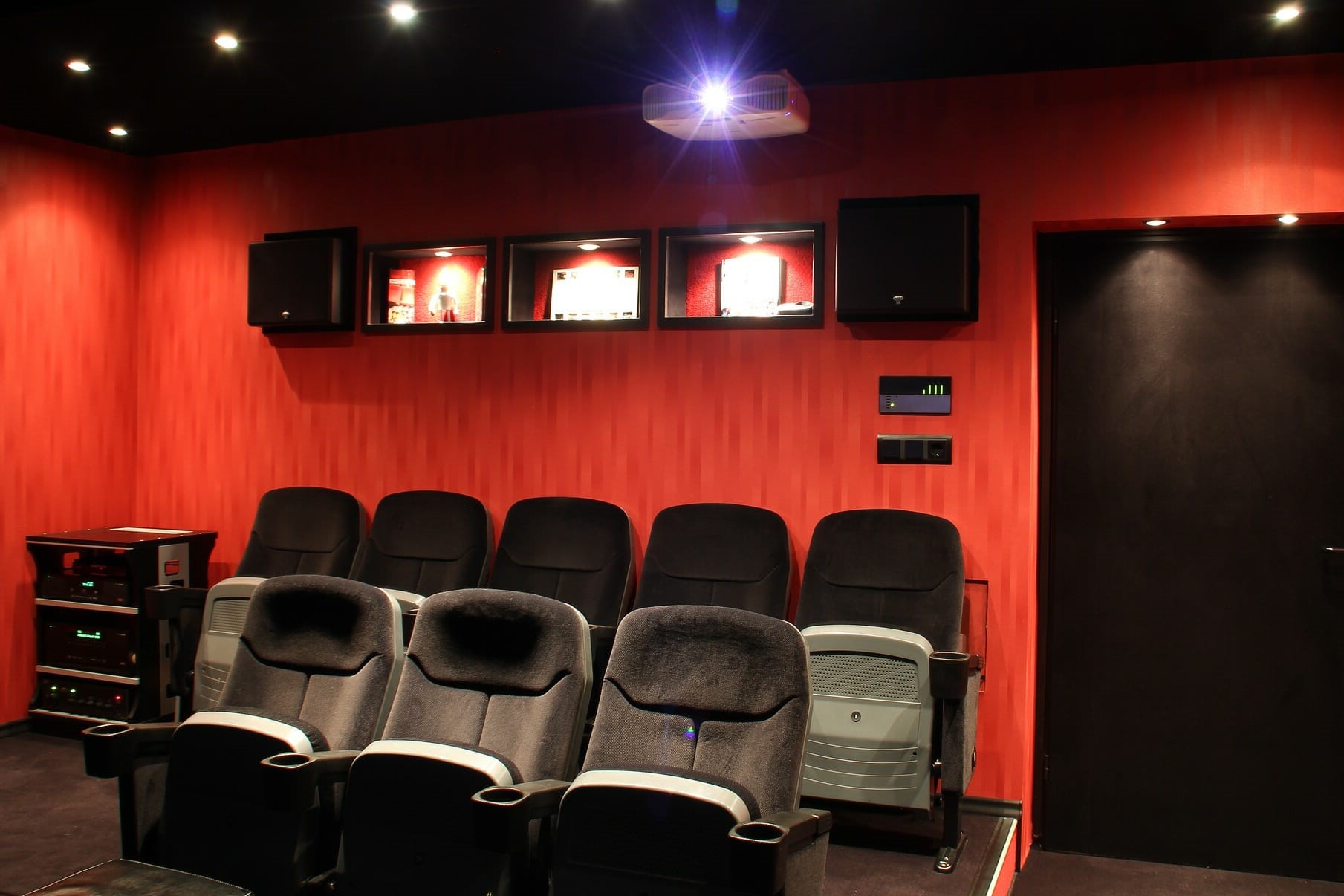
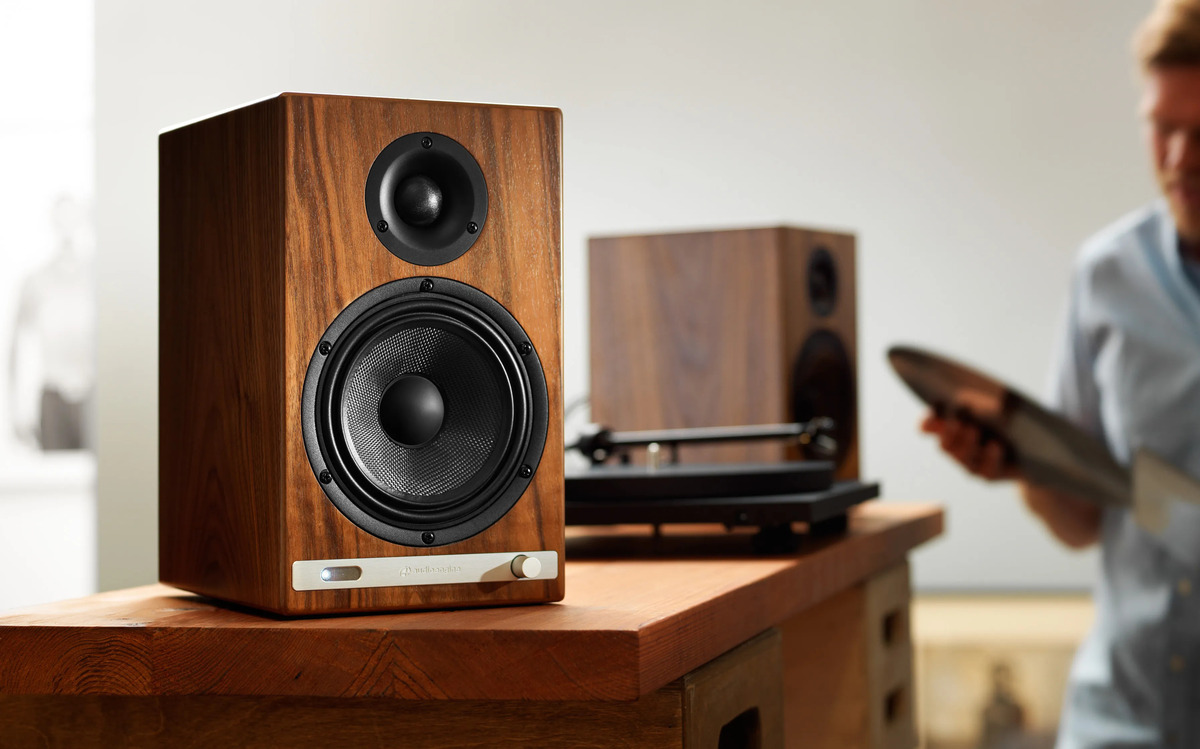
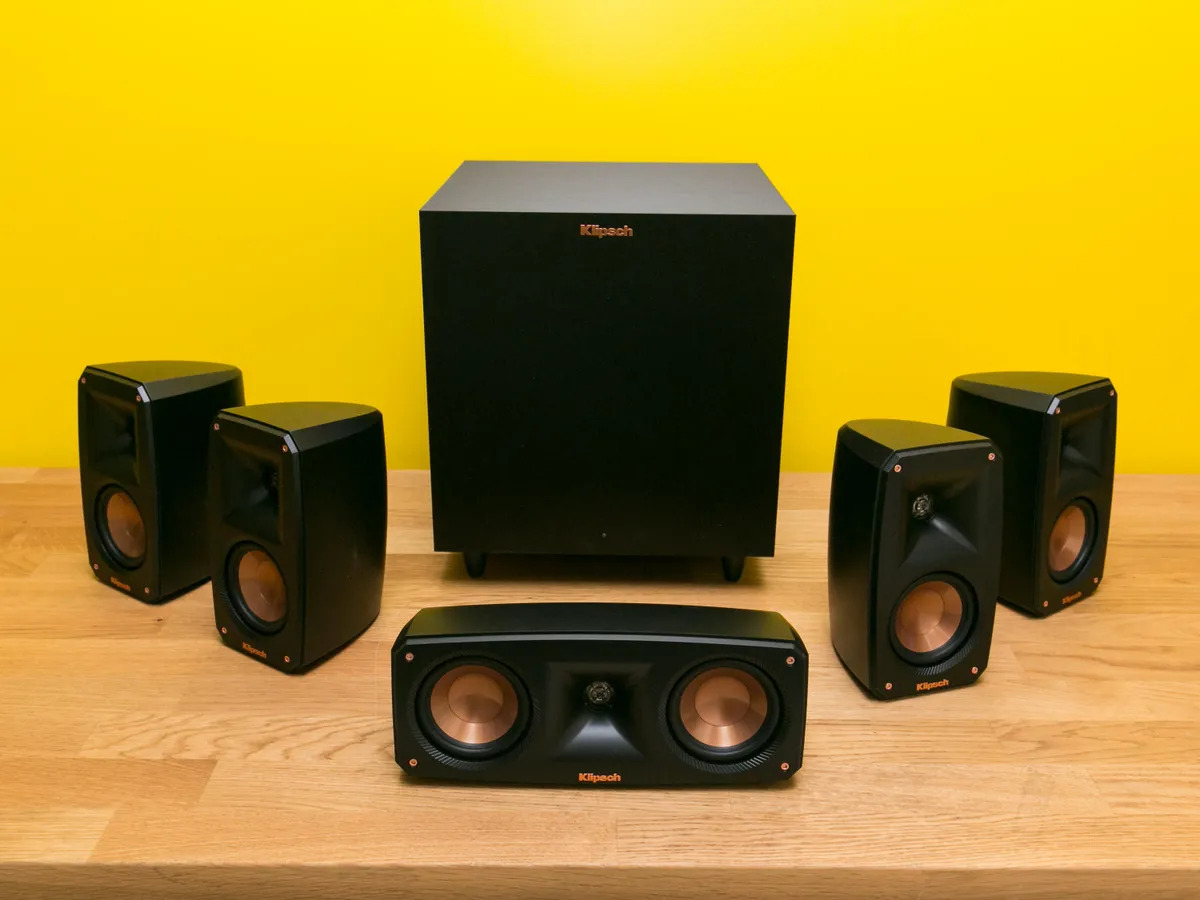
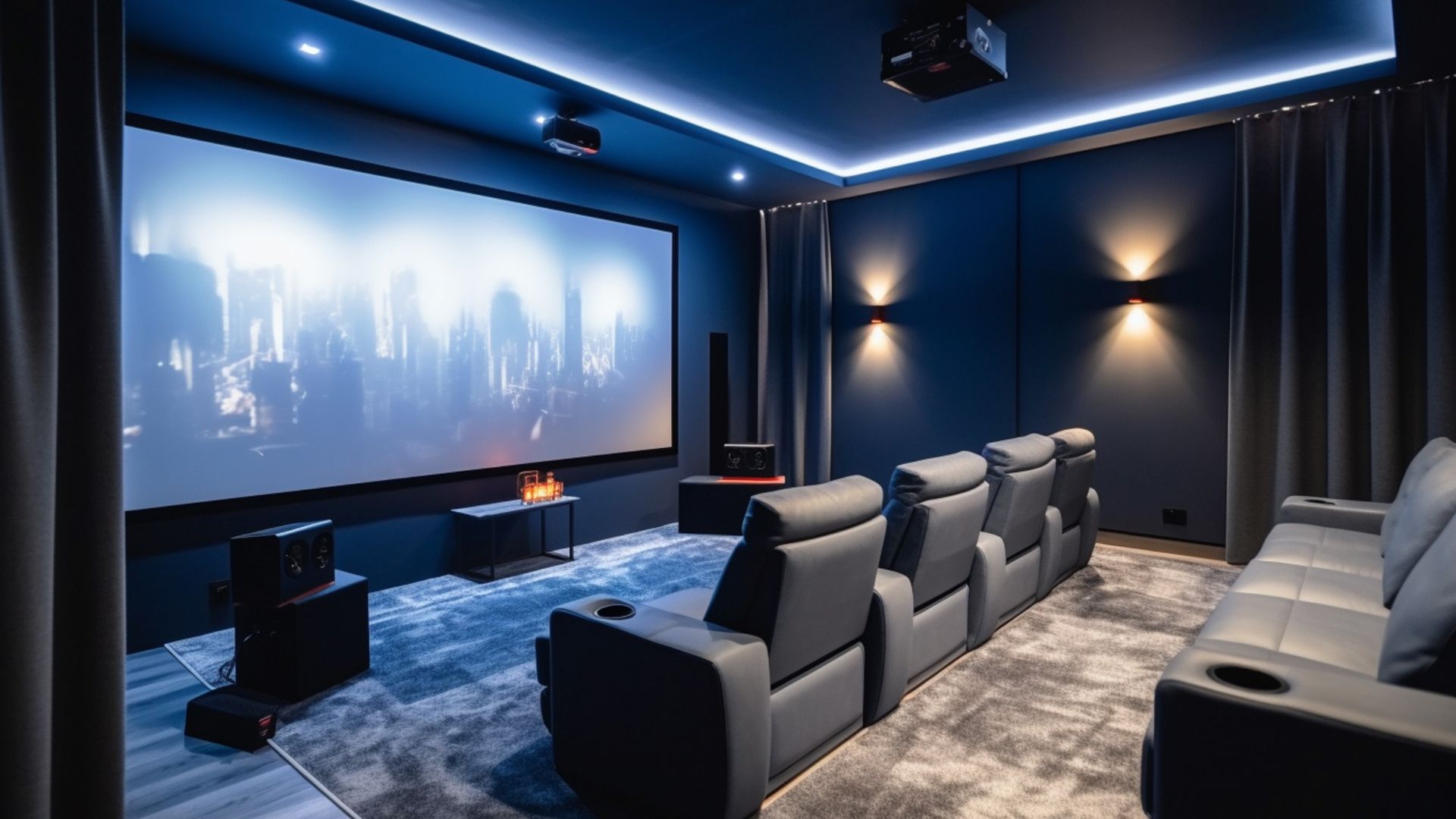
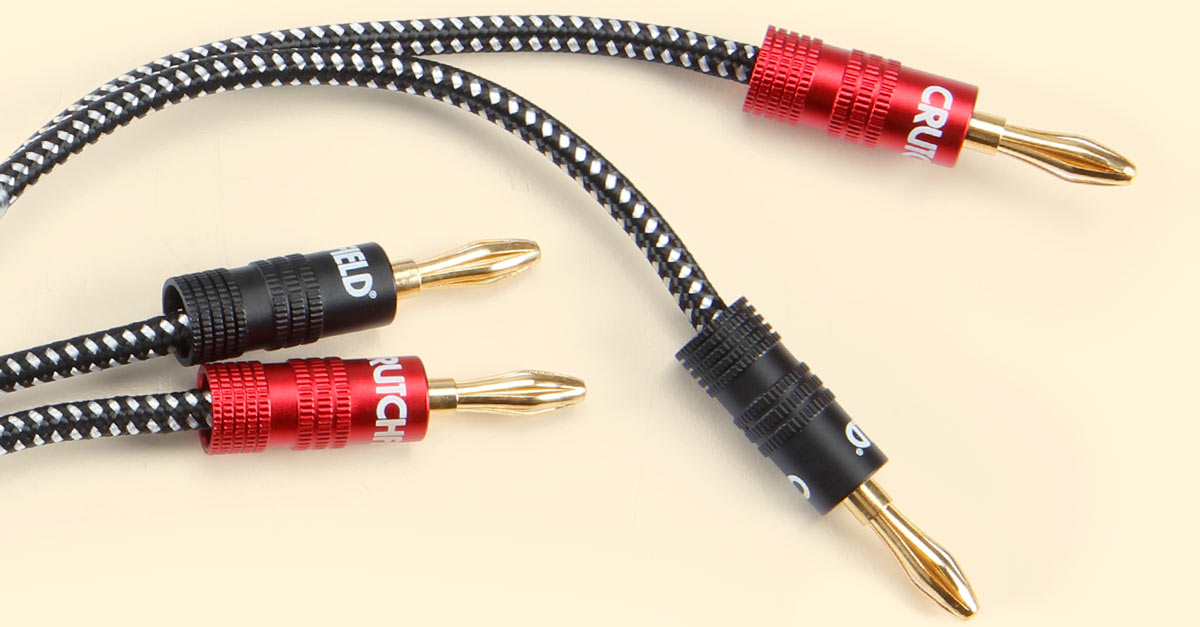
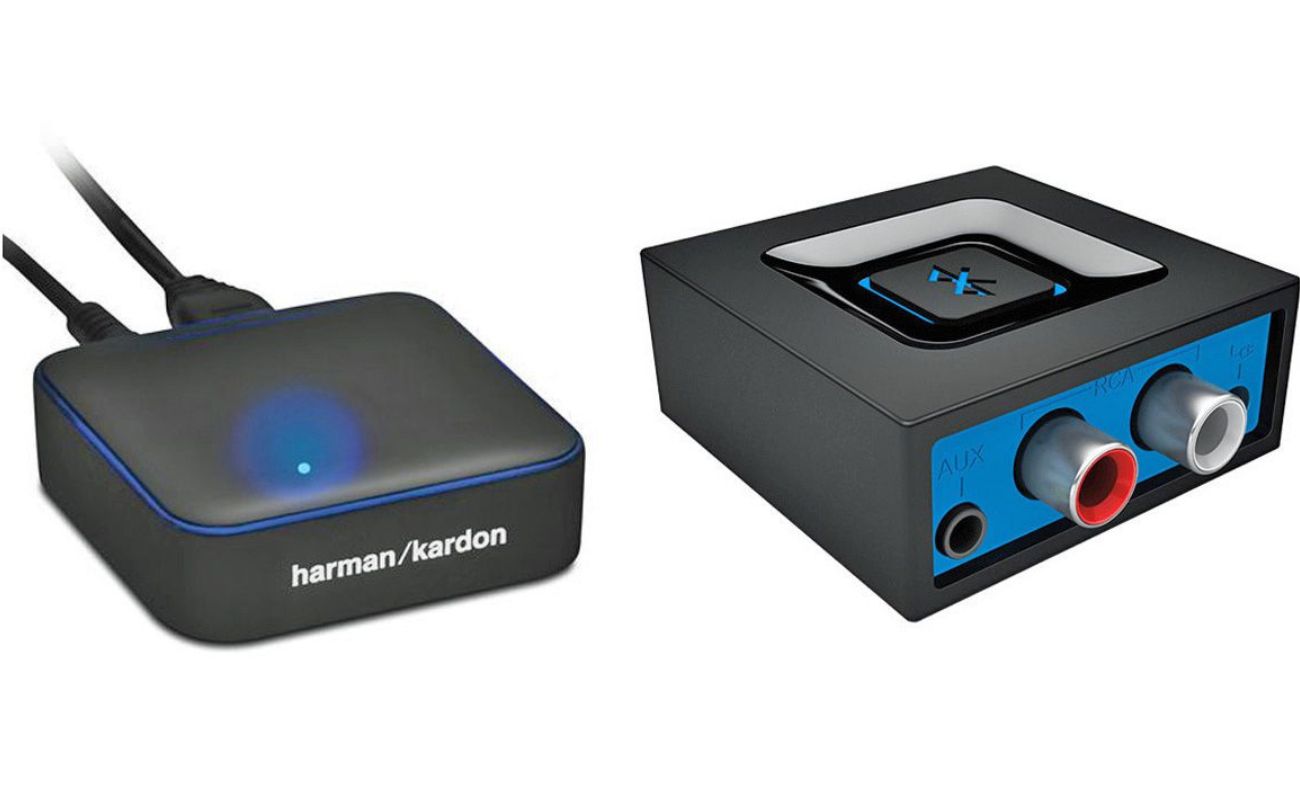
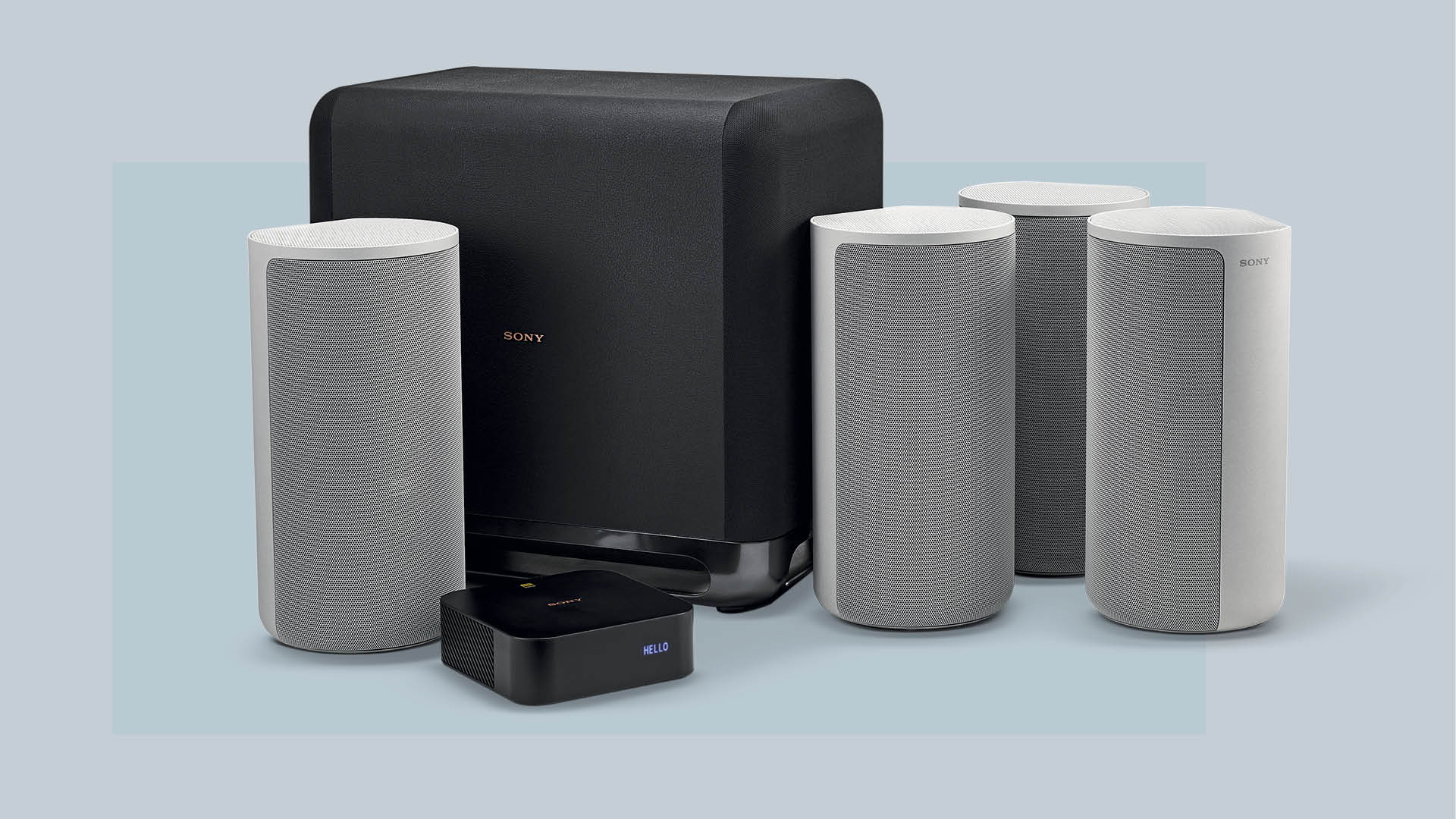
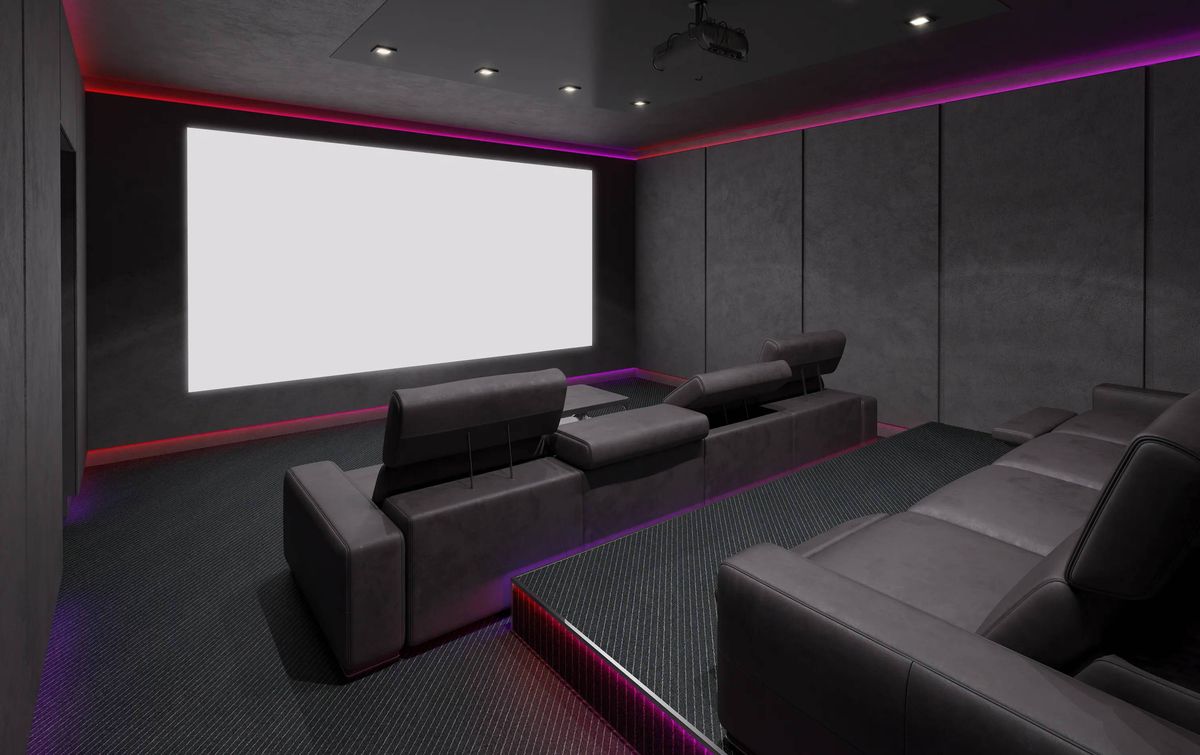

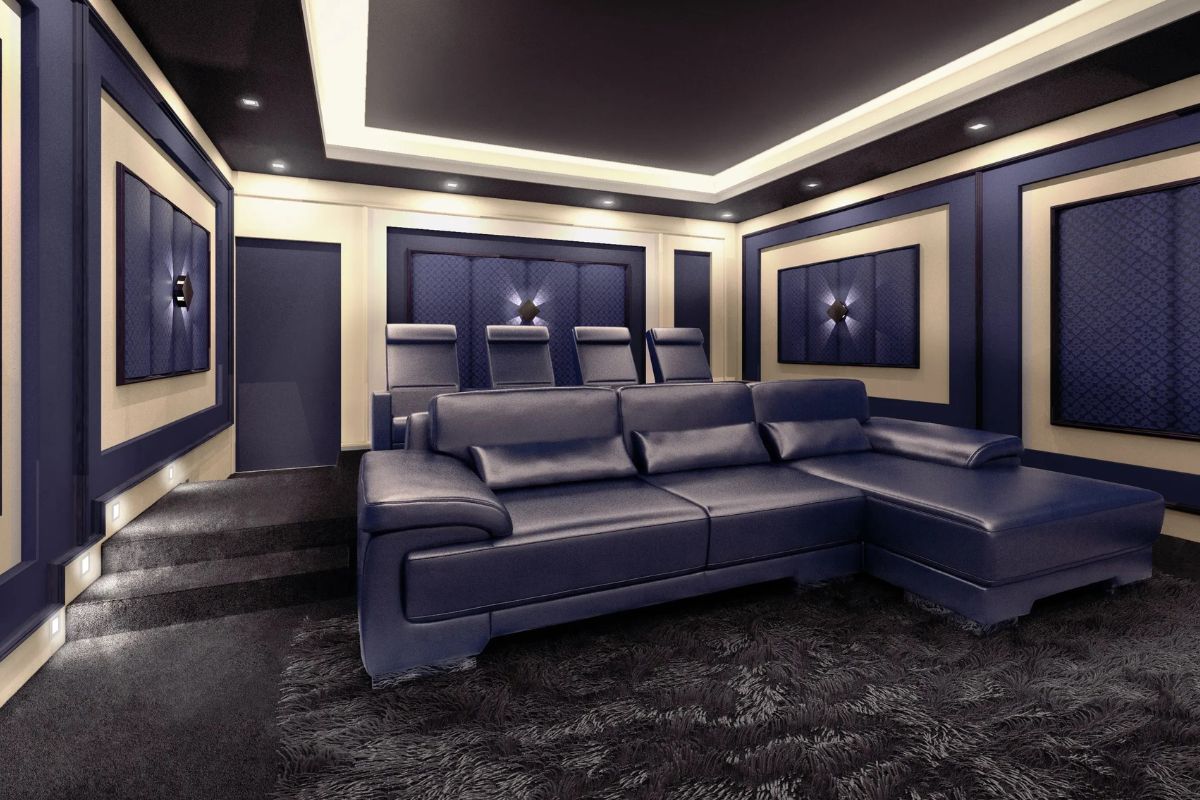
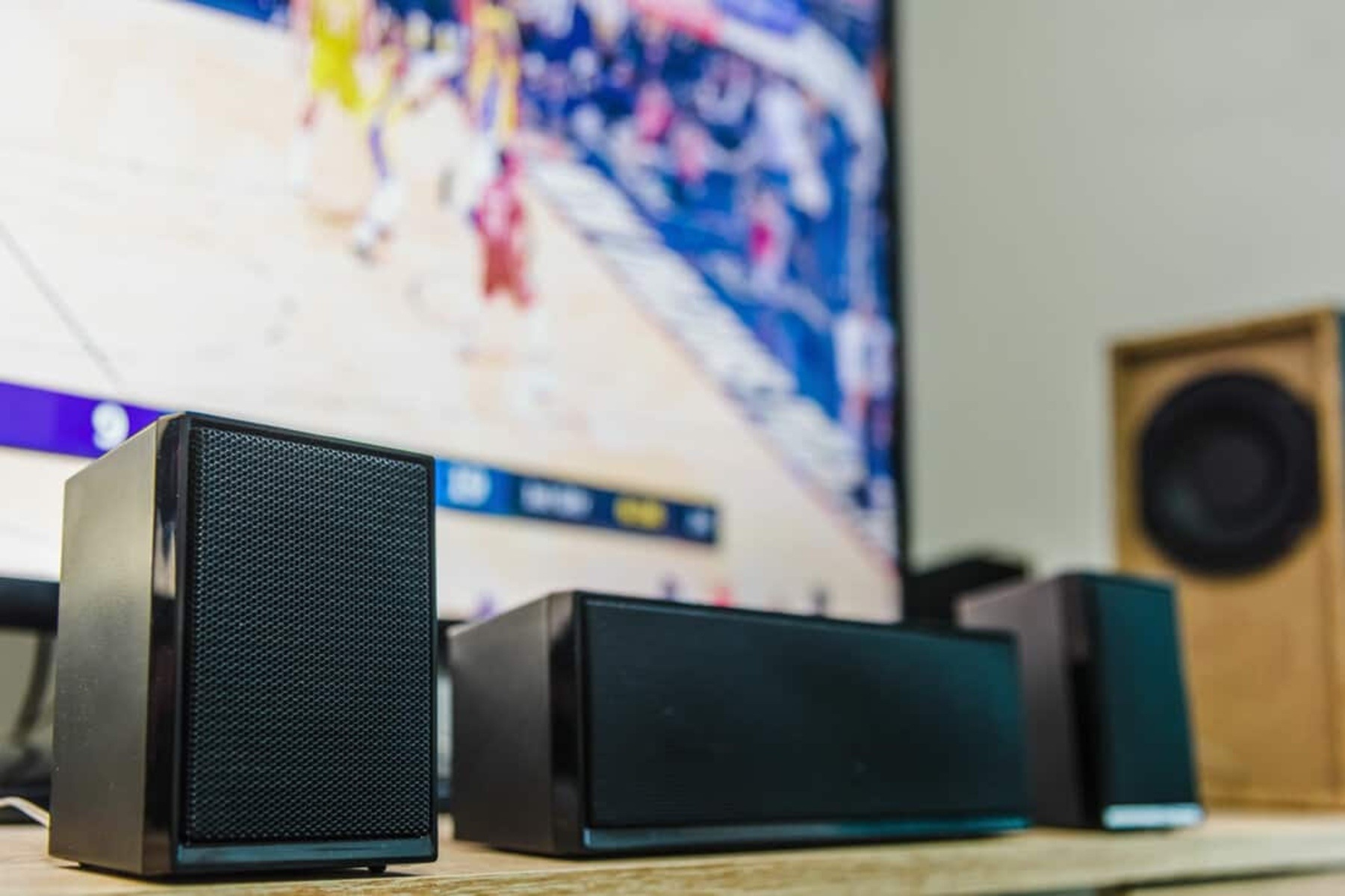
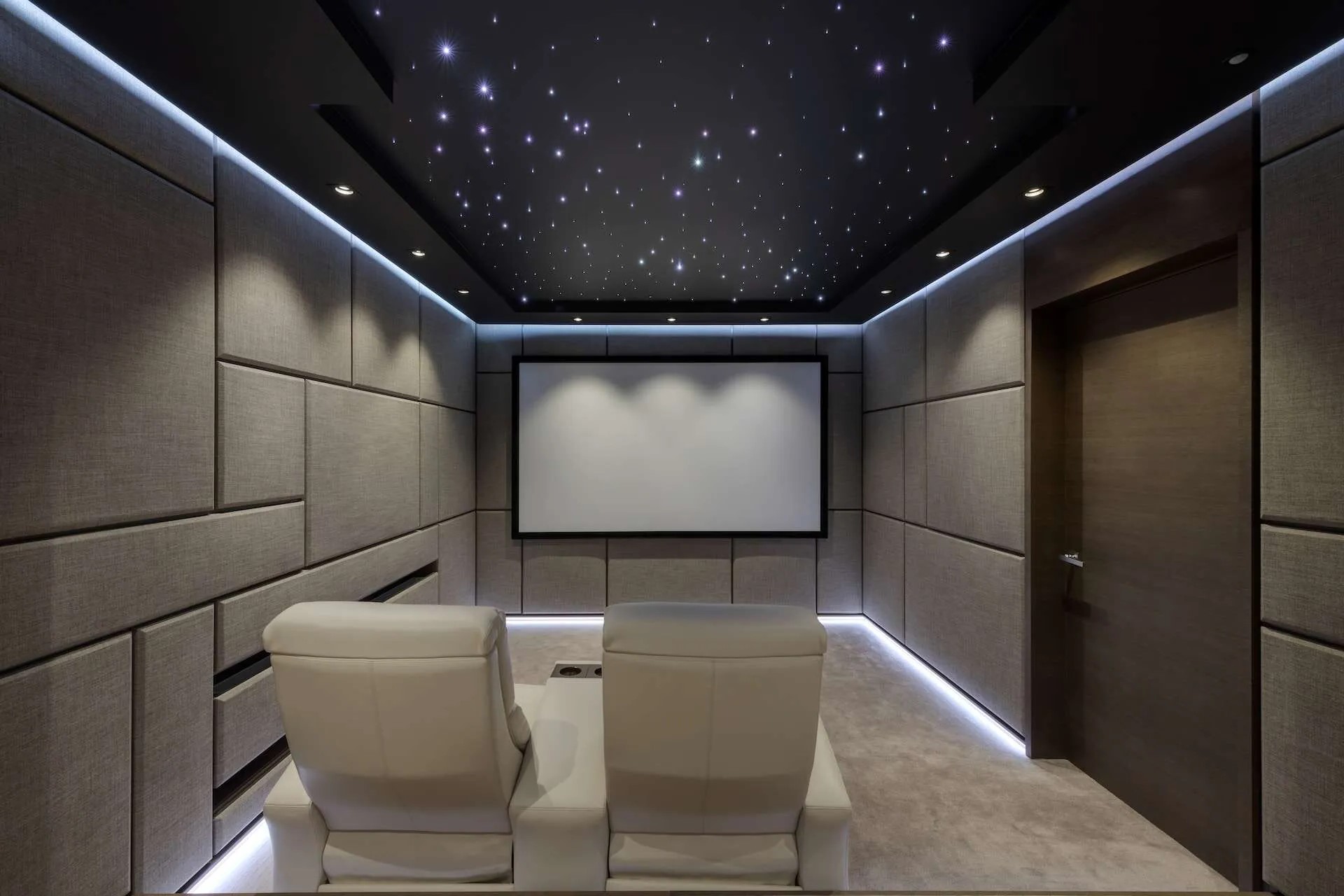
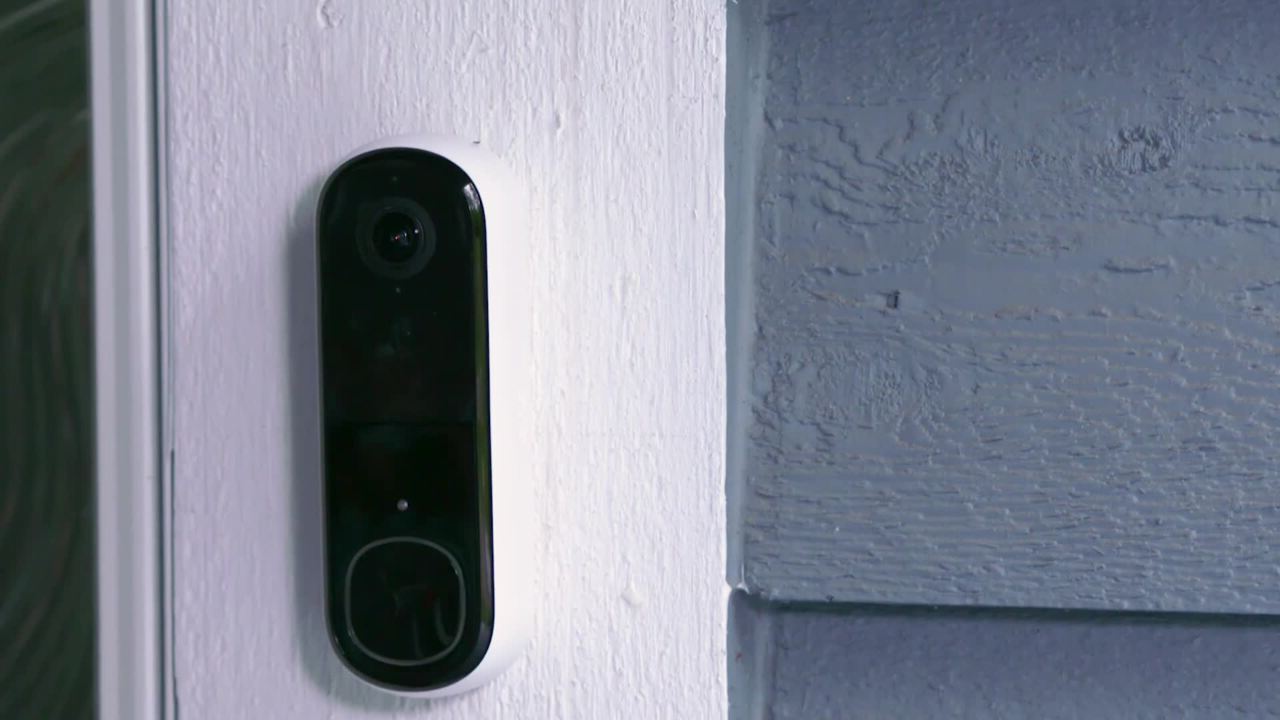

0 thoughts on “Home Theater Speaker Installation: Surround Sound Solutions”